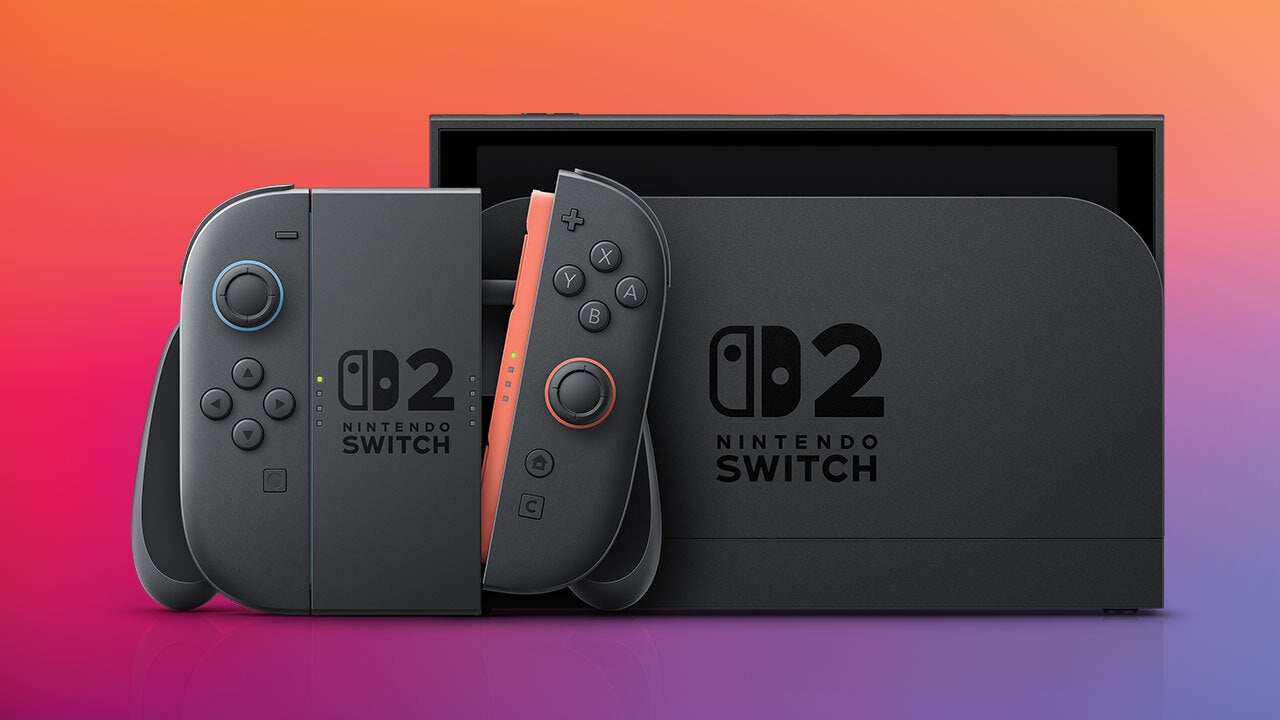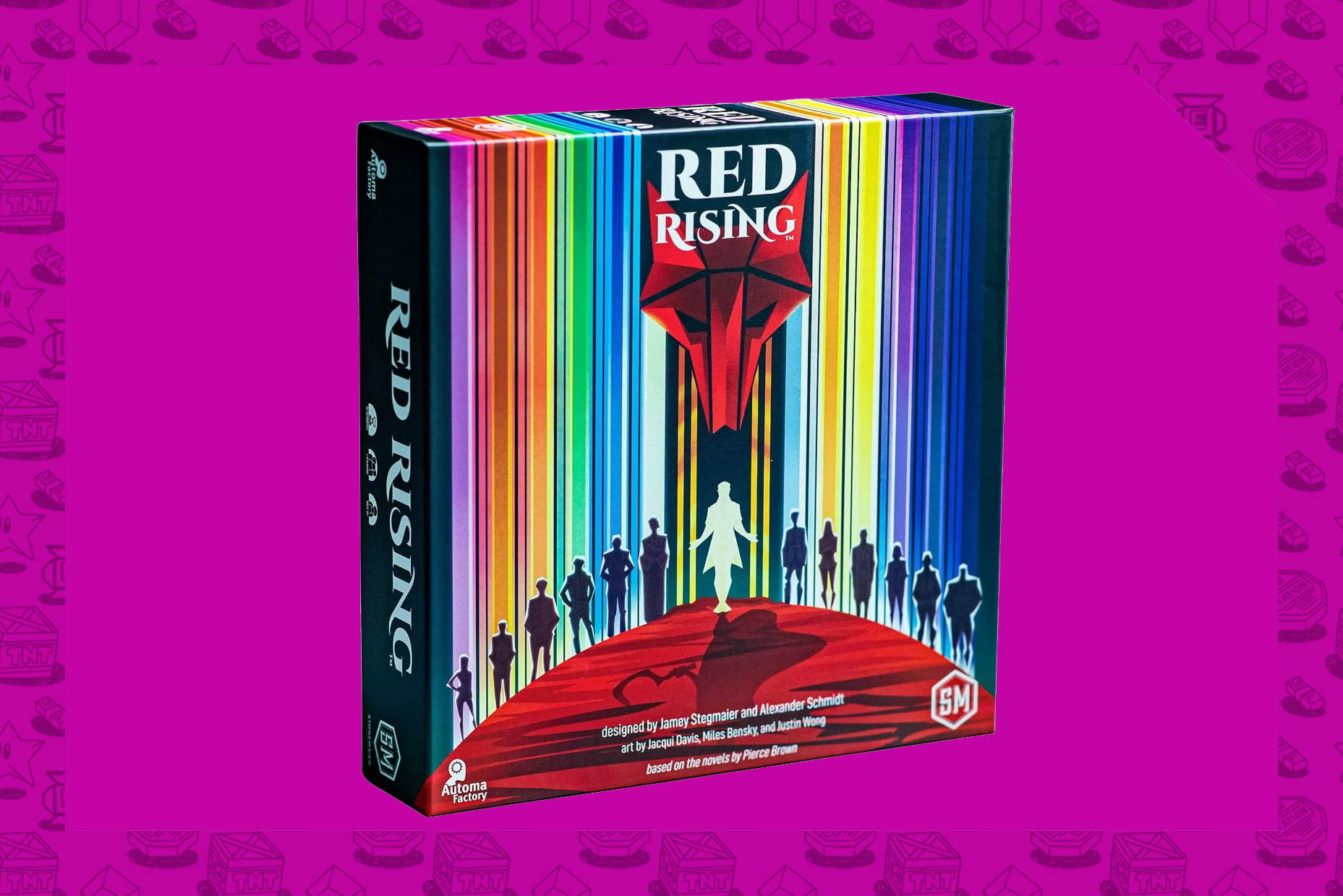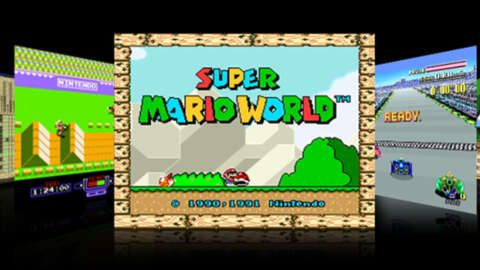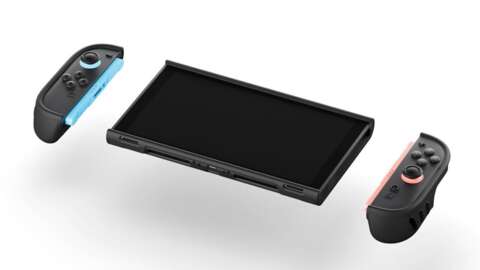
When Nintendo announced the Nintendo Switch 2 last week, it said that the console only supports expansion through MicroSD Express cards. This is a huge pain for anyone with a collection of existing MicroSD cards, but it actually makes a ton of sense – MicroSD Express is leagues faster.
Because of the way these cards interface with the device, they’re able to unlock read/write speeds similar to the UFS (Universal Flash Storage) of the Switch 2’s internal storage. This is incredibly important, because it allows games stored on your expansion card to load just as fast – at least in theory – to games stored internally. It just comes at the cost of not being able to use cheaper non-Express MicroSD cards.
MicroSD vs. MicroSD Express
Over the years, there have been six different speed ratings for MicroSD cards. Initially, SD cards launched with just 12.5MB/s, which is incredibly slow by today’s standards. However, over time, faster speeds started coming out, beginning with SD High Speed at 25 MB/s, all the way through SD UHS III, or Ultra High Speed, at 312MB/s. However, five years ago, the SD Association released the SD Express standard, which greatly increased speeds.
The big difference this time around is that SD Express uses a PCIe 3.1 interface, rather than the slower UHS-I interface. PCIe is the same interface that faster NVMe SSDs use, and unlocks much higher potential performance. Full-sized SD Express cards can now hit data transfer speeds up to 3,940MB/s, which is exponentially faster than older SD cards.
MicroSD Express cards can’t reach the highest speeds of their full-sized counterparts, but they are still incredibly fast, hitting speeds up to 985MB/s, which is three times faster than the fastest non-express MicroSD card.
Why Does the Switch 2 Require MicroSD Express?
Nintendo isn’t exactly known for sharing its specific reasoning behind its hardware requirements, but there are a ton of reasons why the Nintendo Switch 2 should require MicroSD Express cards for expansion. Really, the biggest one is speed. If you have the same game installed both on a traditional UHS-I MicroSD card and a MicroSD Express card, the latter is going to load way faster thanks to the PCIe 3.1 interface – which is a sign this requirement could be coming to handheld gaming PCs soon, too.
Given that the internal Nintendo Switch 2 storage was also updated to UFS (universal flash storage) from eMMC, it makes a lot of sense for Nintendo to require its expansion storage media to have similar speeds. It’ll be a while before we know exactly how fast the internal storage can load games like Breath of the Wild, but early demos have suggested that load times are significantly faster – from just 35% when fast traveling, according to Polygon, to a 3x initial load improvement measured by Digital Foundry. These load time improvements could come down to the faster internal storage, but it could also be due to the faster CPU and GPU, which can unpack data faster. The point is: Nintendo needed its external storage to have similar speeds, so future games that require a faster disk don’t get bottlenecked by virtue of being on an SD card.
It also gives room for faster storage in the future. Right now, the fastest standard for SD cards is SD 8.0 Specification, which allows full-size SD Express cards to reach speeds up to 3,942MB/s. MicroSD Express cards can’t get that fast yet, but in a few years it’s totally possible – at least if the Nintendo Switch 2 supports that kind of speed on its side.
MicroSD Express Capacity Options
MicroSD Express cards have been slow to take off, and while that will likely change when the Nintendo Switch 2 launches, only a few options are available right now. For instance, Lexar only offers one MicroSD Express card, and it comes in 256GB, 512GB, and 1TB variants, with the latter costing $199.
SanDisk, on the other hand, only has one MicroSD Express card on its site, and that one peaks at just 256GB, which would mirror the internal storage of the Switch 2. By the time the Nintendo Switch 2 actually launches, I wouldn’t expect too many MicroSD Express cards to be available with more than 512GB of storage. Luckily, that should quickly change as time goes on and companies like Samsung start pumping out memory cards.
Jackie Thomas is the Hardware and Buying Guides Editor at IGN and the PC components queen. You can follow her @Jackiecobra















